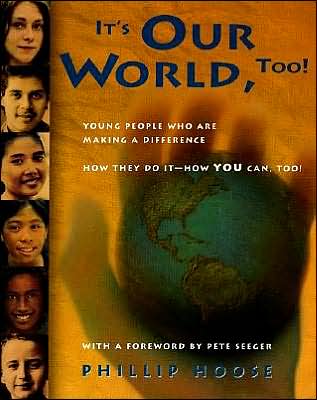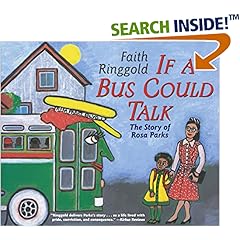
Activities:
1)Students write a poem describing the characteristics of a hero
2)Students make appreciation cards for people who have jobs that impact the students' lives
3)Characteristics of Heroes: Write a list of character traits on the board (like bravery, intelligence, etc). Go through the character traits one at a time and discuss whether each particular trait would make a person a hero. Then have the group write down which of those traits they see in their friends and in themselves.
4) Empathy and Peace Building Activities
5) "If I Were a Hero, I Would…" Will they care about their friends, help their parents, be kind to people, say hello to neighbors? This exercise encourages students to think of themselves as heroes and feel good about it.
Social Justice Education: Covers all areas
Through the activities listed above, students will learn about self-love and acceptance, in addition to respecting and loving other people.
This book can also be used to discuss what happened on September 11th, andthe children can generate ideas on how the protect their country. What would they do if they were the President?



























